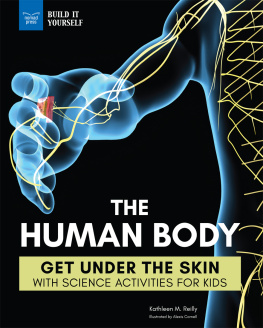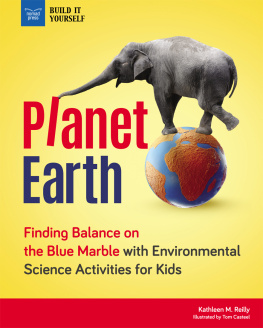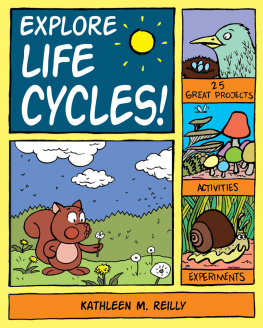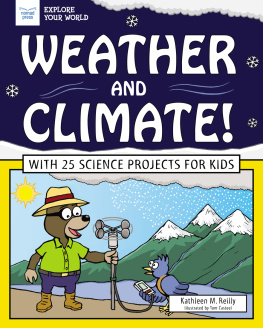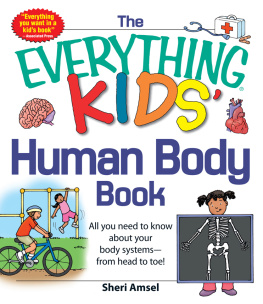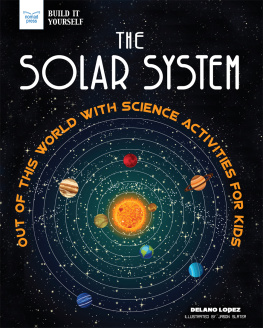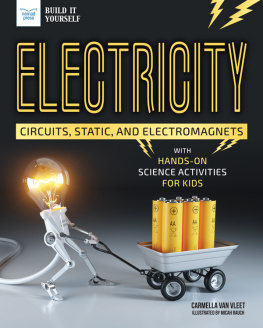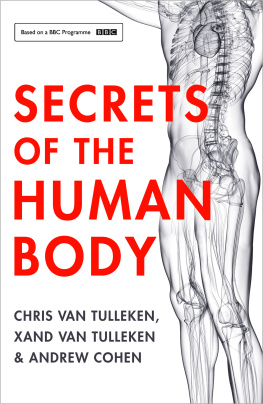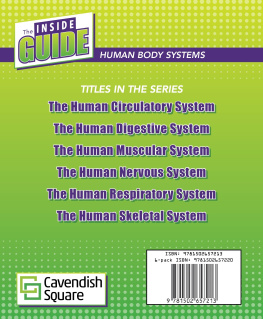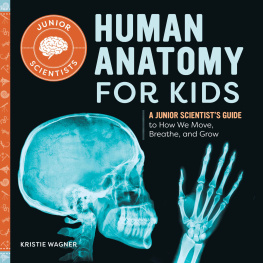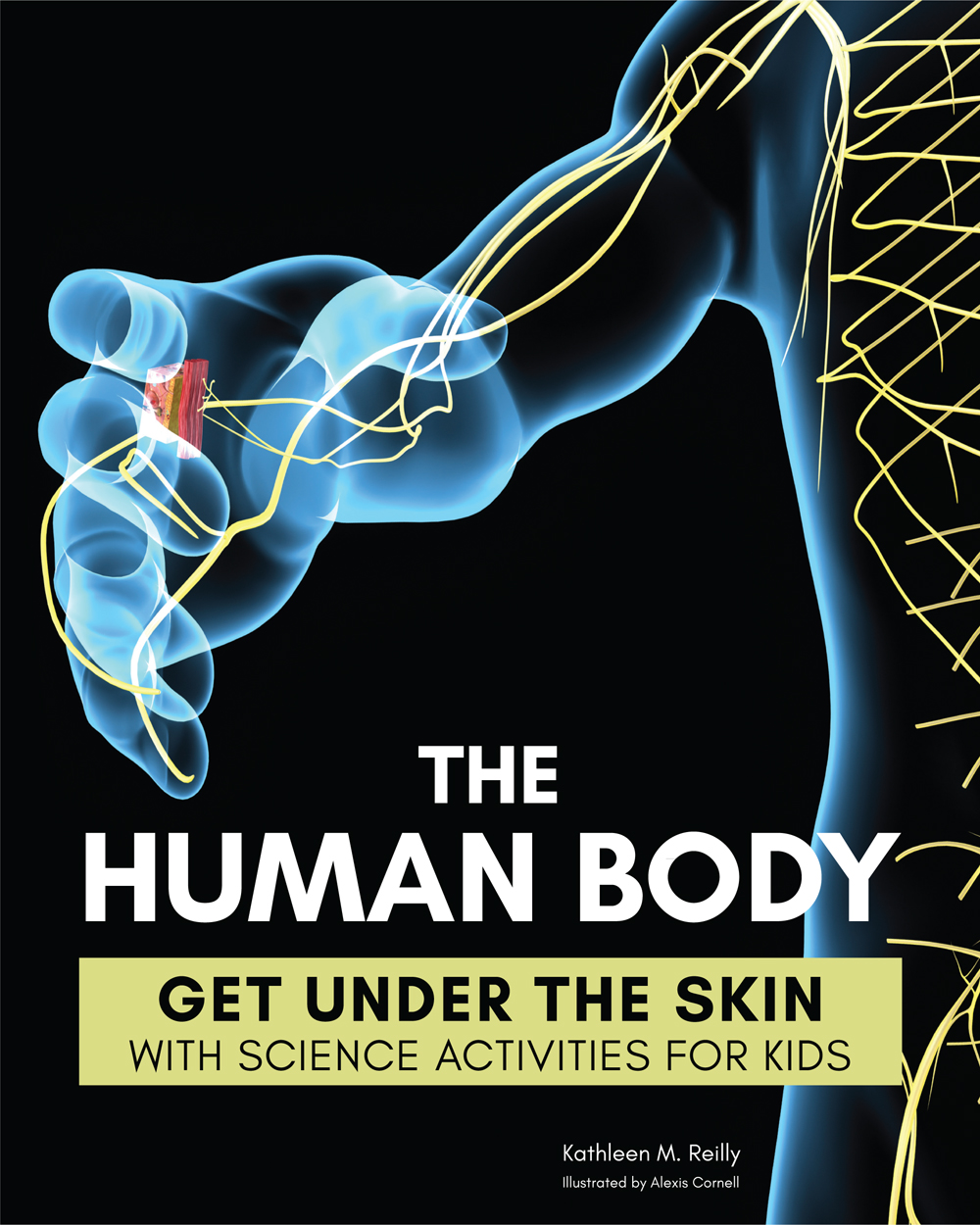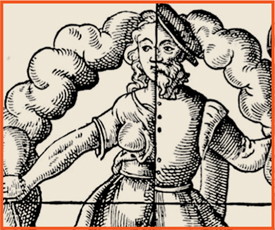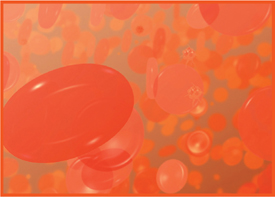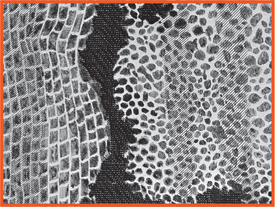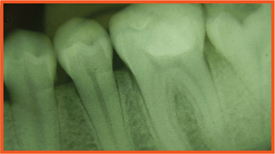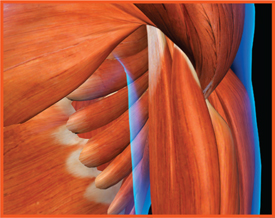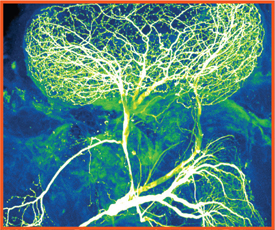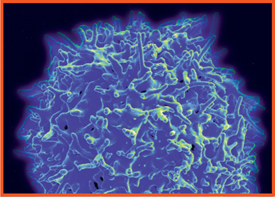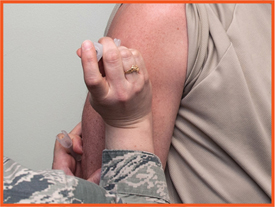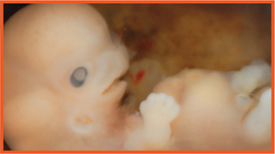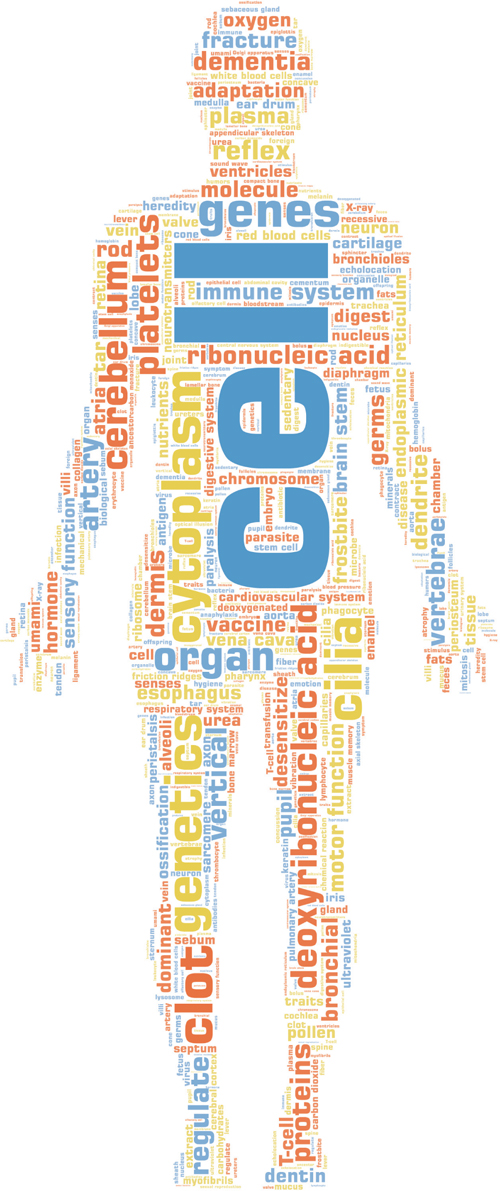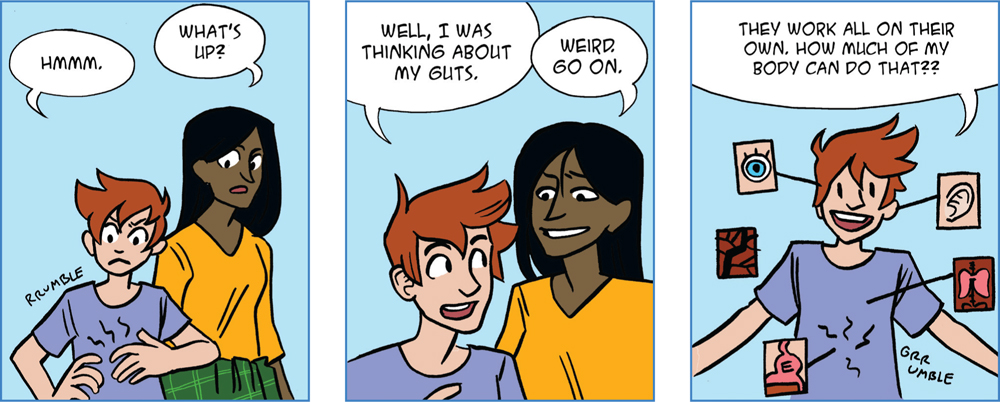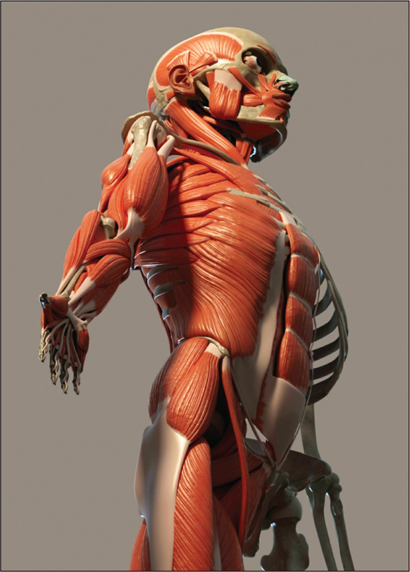Kathleen M. Reilly - The Human Body: Get Under the Skin with Science Activities for Kids
Here you can read online Kathleen M. Reilly - The Human Body: Get Under the Skin with Science Activities for Kids full text of the book (entire story) in english for free. Download pdf and epub, get meaning, cover and reviews about this ebook. year: 2019, publisher: Nomad Press, genre: Home and family. Description of the work, (preface) as well as reviews are available. Best literature library LitArk.com created for fans of good reading and offers a wide selection of genres:
Romance novel
Science fiction
Adventure
Detective
Science
History
Home and family
Prose
Art
Politics
Computer
Non-fiction
Religion
Business
Children
Humor
Choose a favorite category and find really read worthwhile books. Enjoy immersion in the world of imagination, feel the emotions of the characters or learn something new for yourself, make an fascinating discovery.
- Book:The Human Body: Get Under the Skin with Science Activities for Kids
- Author:
- Publisher:Nomad Press
- Genre:
- Year:2019
- Rating:5 / 5
- Favourites:Add to favourites
- Your mark:
The Human Body: Get Under the Skin with Science Activities for Kids: summary, description and annotation
We offer to read an annotation, description, summary or preface (depends on what the author of the book "The Human Body: Get Under the Skin with Science Activities for Kids" wrote himself). If you haven't found the necessary information about the book — write in the comments, we will try to find it.
Did you know that your brain has up to 100 billion nerve cells? Wow! What else is going on in your body?
In The Human Body: Get Under the Skin with Science Activities for Kids, middle schoolers learn about the different bodily systems that keep people breathing, moving, thinking, and staying healthy! Kids get a good look at all the action thats going on right inside their own bodies, from understanding just how that apple turns into energy to how the leftovers make their exit.
By studying the circulatory system, the digestive system, muscles, bones, the brain, senses, reproduction system, and more, kids gain a deep understanding of why they can do the things they do and even learn about what they can do to take care of their bodies so they live long and healthy lives. Through science-minded STEM activities, readers see exactly how smoke affects the lungs, how the heart really acts as a liquid pump, and how the different joints are structured and serve different purposes.
The Human Body includes critical thinking exercises and essential questions related to anatomy. Fun facts, links to online primary sources and other supplemental material, plus graphic novel illustrations and photography encourage readers to take a deep dive under their skin!
Nomad Press books integrate content with participation. Common Core State Standards, the Next Generation Science Standards, and STEM Education all place project-based learning as key building blocks in education. Combining content with inquiry-based projects stimulates learning and makes it active and alive. Nomads unique approach simultaneously grounds kids in factual knowledge while allowing them the space to be curious, creative, and critical thinkers.
Kathleen M. Reilly: author's other books
Who wrote The Human Body: Get Under the Skin with Science Activities for Kids? Find out the surname, the name of the author of the book and a list of all author's works by series.

